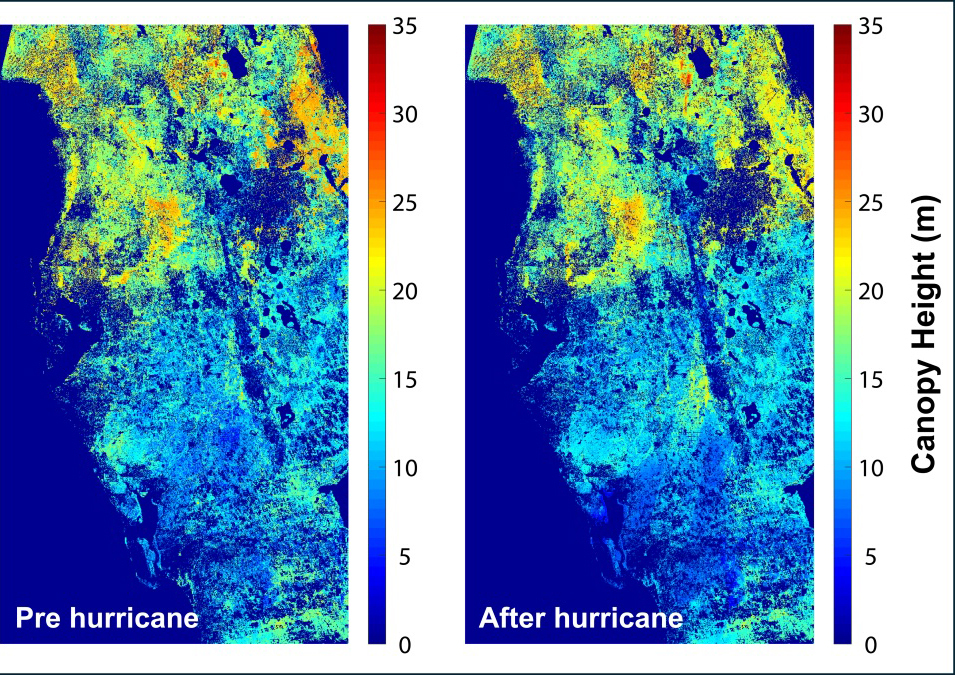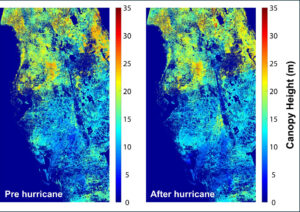Source: UCI/JPL (Original UCI/JPL news release published on Jan. 14, 2019)

Antarctica experienced a sixfold increase in yearly ice mass loss between 1979 and 2017, according to a study published in Proceedings of the National Academy of Sciences.
Glaciologists from the University of California, Irvine, NASA’s Jet Propulsion Laboratory and the Netherlands’ Utrecht University additionally found that the accelerated melting caused global sea levels to rise more than half an inch during that time.
“That’s just the tip of the iceberg, so to speak,” said lead author Eric Rignot, Donald Bren Professor and chair of Earth system science at UCI. “As the Antarctic ice sheet continues to melt away, we expect multi-meter sea level rise from Antarctica in the coming centuries.”
For this study, Rignot and his collaborators conducted what he called the longest-ever assessment of remaining Antarctic ice mass. Spanning four decades, the project was also geographically comprehensive; the research team examined 18 regions encompassing 176 basins, as well as surrounding islands.
Techniques used to estimate ice sheet balance included a comparison of snowfall accumulation in interior basins with ice discharge by glaciers at their grounding lines, where ice begins to float in the ocean and detach from the bed. Data was derived from fairly high-resolution aerial photographs taken from a distance of about 350 meters via NASA’s Operation IceBridge; satellite radar interferometry from multiple space agencies; and the ongoing Landsat satellite imagery series, begun in the early 1970s.
The team was able to discern that between 1979 and 1990, Antarctica shed an average of 40 gigatons of ice mass annually. (A gigaton is 1 billion tons.) From 2009 to 2017, about 252 gigatons per year were lost.
The pace of melting rose dramatically over the four-decade period. From 1979 to 2001, it was an average of 48 gigatons annually per decade. The rate jumped 280 percent to 134 gigatons for 2001 to 2017.
Rignot said that one of the key findings of the project is the contribution East Antarctica has made to the total ice mass loss picture in recent decades.
“The Wilkes Land sector of East Antarctica has, overall, always been an important participant in the mass loss, even as far back as the 1980s, as our research has shown,” he said. “This region is probably more sensitive to climate [change] than has traditionally been assumed, and that’s important to know, because it holds even more ice than West Antarctica and the Antarctic Peninsula together.”
He added that the sectors losing the most ice mass are adjacent to warm ocean water.
“As climate warming and ozone depletion send more ocean heat toward those sectors, they will continue to contribute to sea level rise from Antarctica in decades to come,” said Rignot, who’s also a senior project scientist at JPL.
Co-authors of this study are Jeremie Mouginot, UCI associate researcher in Earth system science; Bernd Scheuchl, UCI associate project scientist in Earth system science; Mathieu Morlighem, UCI associate professor of Earth system science; and Michiel van den Broeke and Jan M. “Melchior” van Wessem of the Netherlands’ Utrecht University. Funding and support were provided by NASA’s cryospheric sciences and Measures programs, the Netherlands Organization for Scientific Research’s polar program and the Netherlands Earth System Science Centre.






